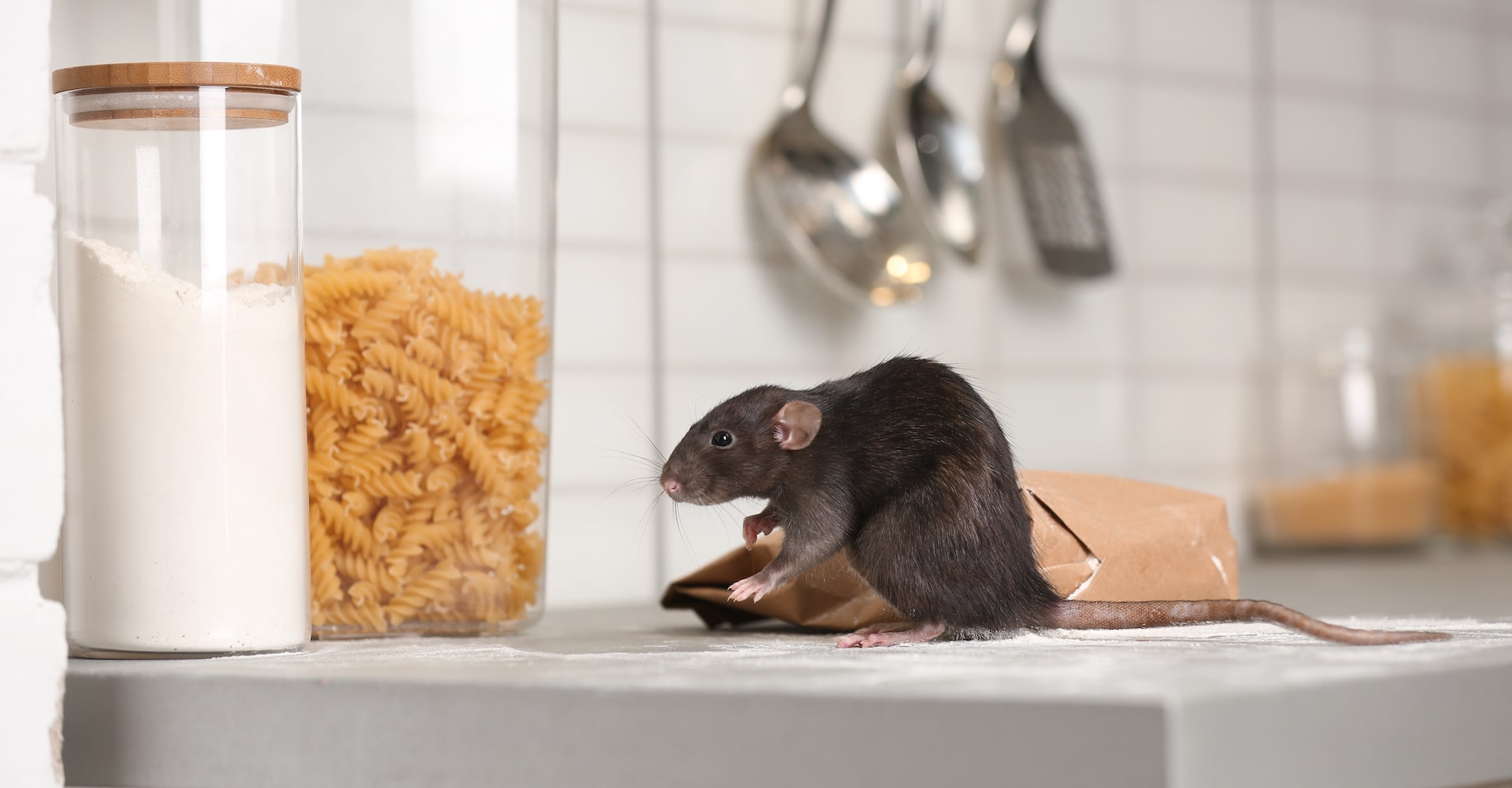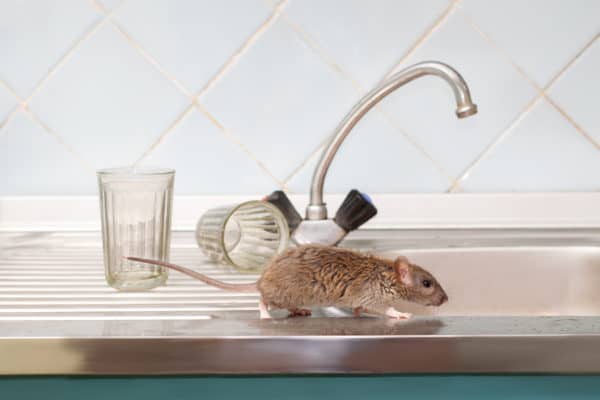Pest prevention for homes with pets: Safeguard Your Sanctuary
Share
As loving pet owners, ensuring the safety of our furry companions is always a top priority. Yet, the very presence of pets can sometimes invite unwanted guestspests. Effective pest prevention for homes with pets becomes an essential consideration for maintaining a safe and comfortable living environment. Let's delve into how you can keep pests at bay while ensuring your pets' safety.

Understanding Pest Problems in Pet-Friendly Homes
Homes that accommodate pets naturally come with certain pest challenges. Pet food, water bowls, and even the pets themselves can attract a variety of pests, including ants, fleas, ticks, and rodents. Addressing these issues requires a nuanced approach that balances effective pest control with the health and safety of your pets.
Common Pests in Homes with Pets
Among the most common pests are fleas and ticks, which are drawn to the warmth and scent of animals. Rats and mice might seek refuge in your home due to accessible food sources. It's essential to identify these pests early to prevent infestations from growing.
Pet-Friendly Pest Prevention Strategies
When devising a pest control plan, it's crucial to opt for pet-friendly strategies. Pest control products like harmful sprays or baits can pose risks to your pets. Instead, consider natural deterrents and non-toxic remedies that efficiently address pests without compromising your pets' safety.
Maintain Cleanliness
Keeping your home clean is a fundamental step in pest prevention. Regularly vacuum your carpets, especially around areas where your pets sleep, to eliminate potential pest entry points. Wash and disinfect pet bedding and toys weekly to reduce pest attraction.
Safe Pest Control Products
Opt for pest control solutions that are specifically labeled as safe for pets. You can access these at eco-friendly stores or online resources. Always read the labels and instructions carefully before use to ensure the safety of your pets.
Integrated Pest Management Methods
Incorporating integrated pest management (IPM) techniques can offer a holistic approach. This method combines preventative measures, monitoring, and the use of sustainable, non-toxic products to control pest populations effectively.
Monitor and Act Quickly
Regularly inspect your home for any signs of pests. Check pet dens, food storage areas, and entry points like windows and doors. Immediate action upon spotting pests can prevent infestations from escalating.
Professional Pest Control Services
If pest problems persist, consider hiring professionals who specialize in pet-friendly pest control. These experts will tailor solutions to effectively target pests while safeguarding your pets. Find more information on effective services from credible sources like trapX.

FAQs
How do I ensure pest control products are pet-safe?
Thoroughly read labels and look for products explicitly stating they are safe for pets. Consult with a veterinarian for additional advice.
Can natural remedies effectively control pests?
Yes, natural remedies such as diatomaceous earth, vinegar, and essential oils can be effective for various pests without harming your pets.
What should I do if my pet shows signs of pest-related health issues?
Immediately consult a veterinarian for a thorough examination and appropriate treatment to ensure your pet's health and safety.
This article contains affiliate links. We may earn a commission at no extra cost to you.
